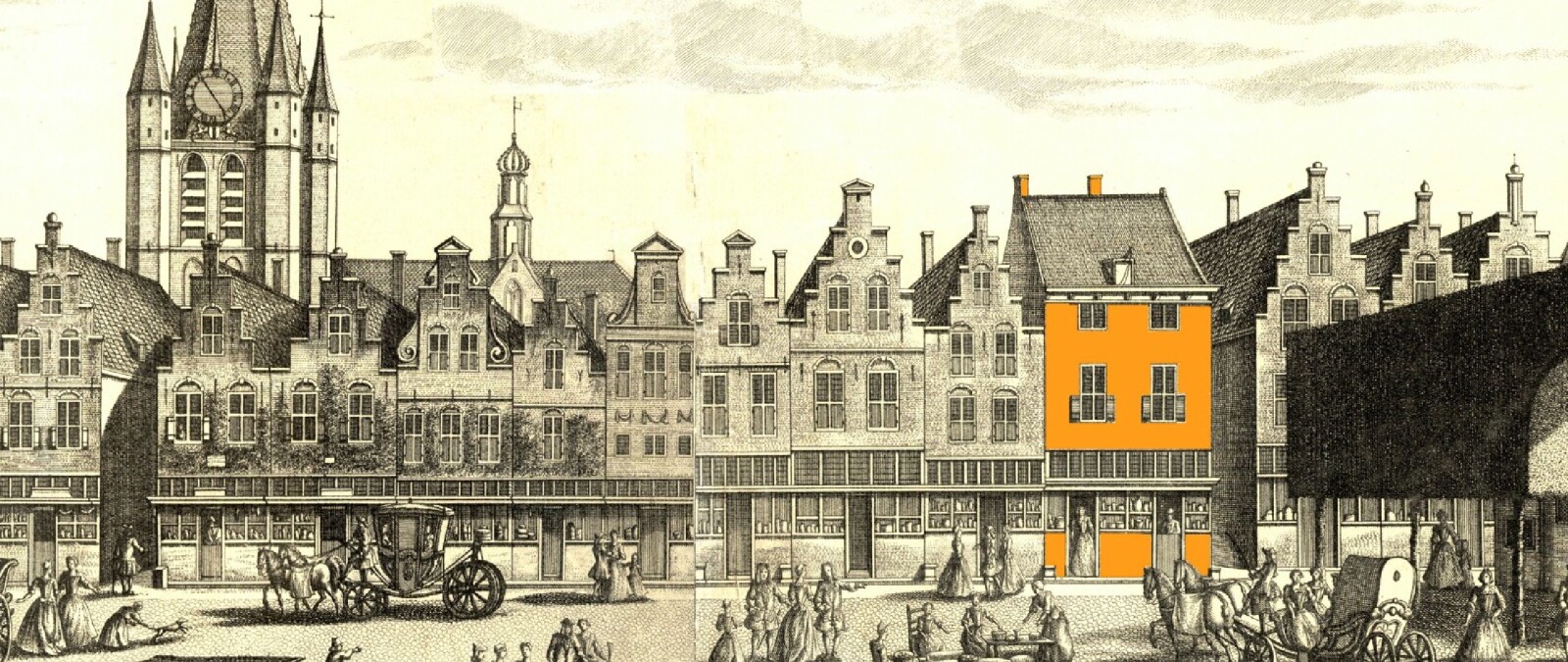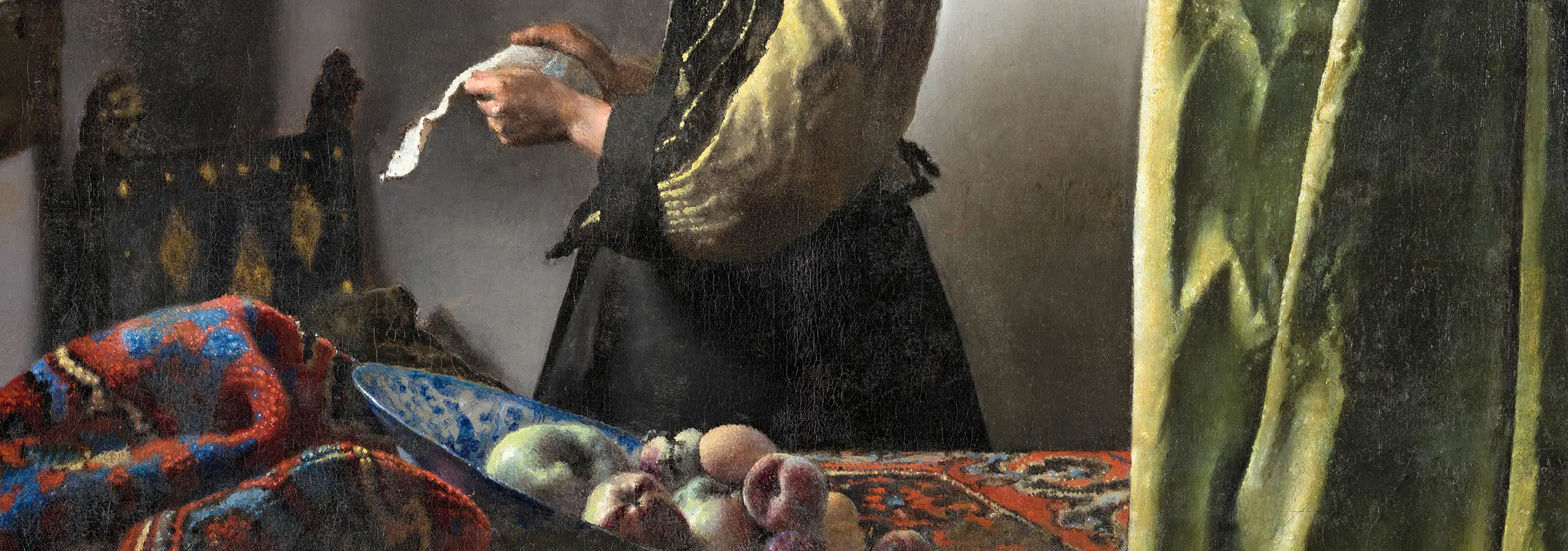
Read more about Johannes Vermeer
Mistress and Maid - striving for simplicity
The painting “Mistress and Maid” was painted around 1664-1667, a period in which Vermeer strove for simplicity. The painting shows two women in a rich interior, bathed in Vermeer's characteristic soft light coming in from the left. It is one of six works by Vermeer in which a letter plays a leading role. Is anxiety about love, a common theme in seventeenth-century art, also at play here?
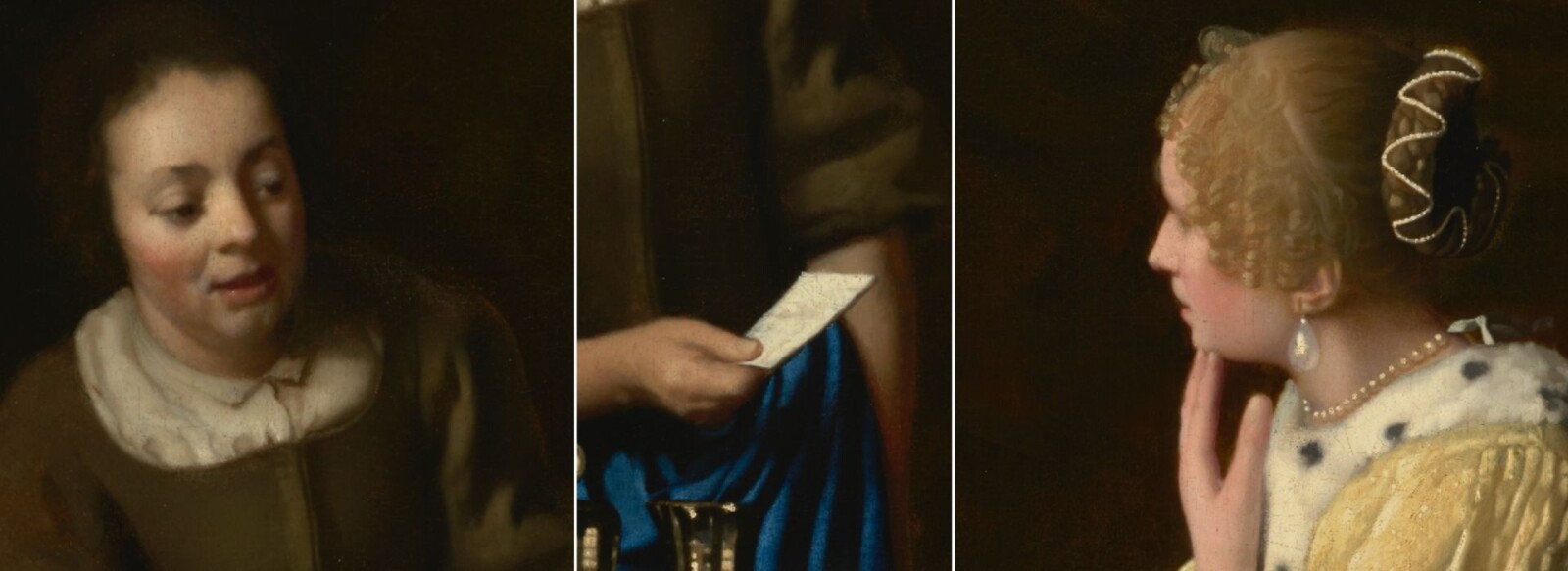
This is the remarkable story of Voldersgracht 21
Did you know that the Vermeer Centrum Delft is located on a historic site that has a direct link to the painter Johannes Vermeer? Read on and discover the remarkable story behind Voldersgracht 21.
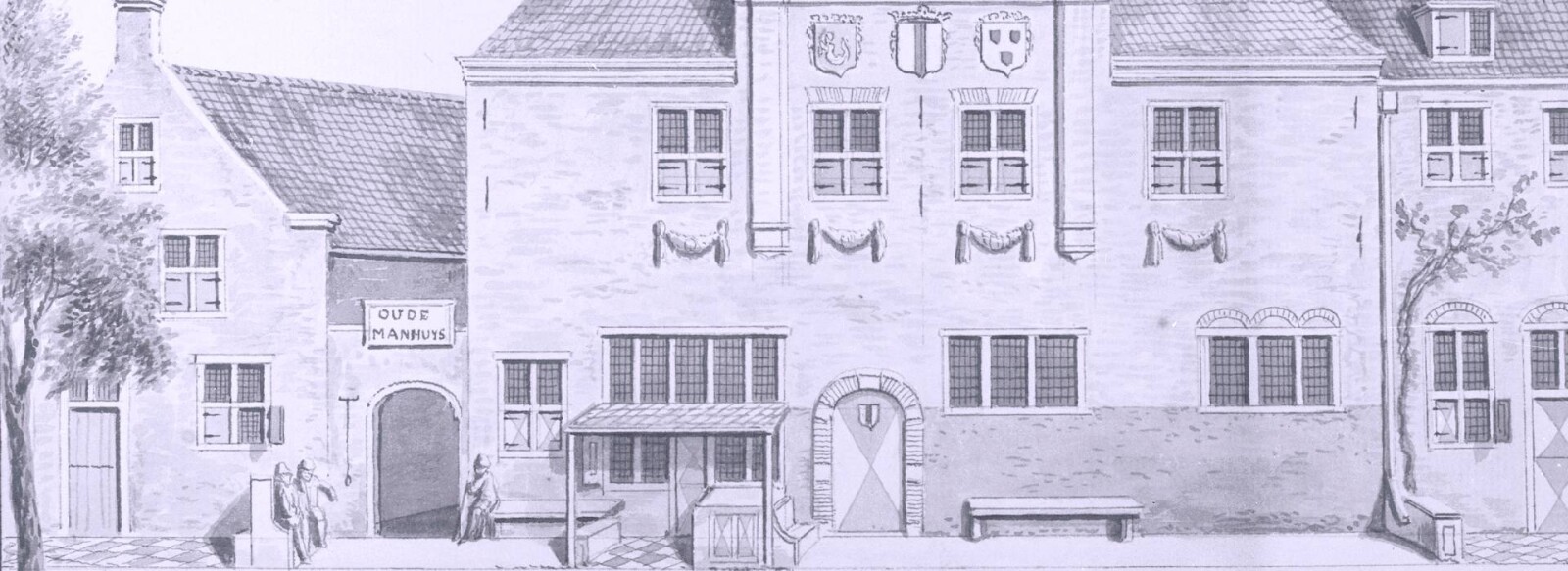
Vermeer & use of colour: ultramarine
Johannes Vermeer's (1632-1675) use of colour stands out strikingly from that of his contemporaries. Although he worked within the tradition of 17th-century Dutch genre painting, he had a unique approach to colour, light and atmosphere. This time, we look at the colour ultramarine.
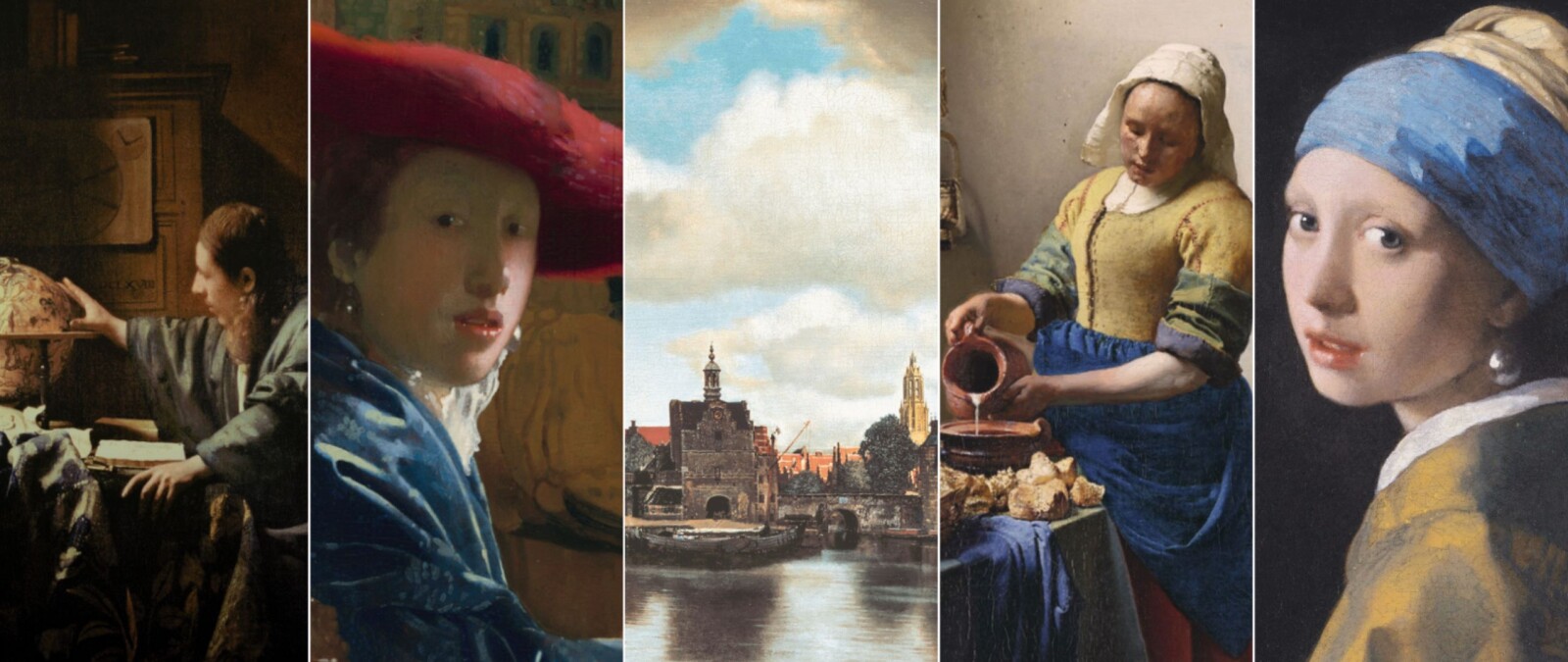
The Mystery of Vermeer: how many paintings did he produce?
Johannes Vermeer is one of the most beloved Dutch painters of the 17th century, known for his intimate scenes, masterful use of light and unique technique. When people ask how many paintings he actually made, you could confidently answer “37”. However, this number is not recognised by all art historians and experts. Why is that?
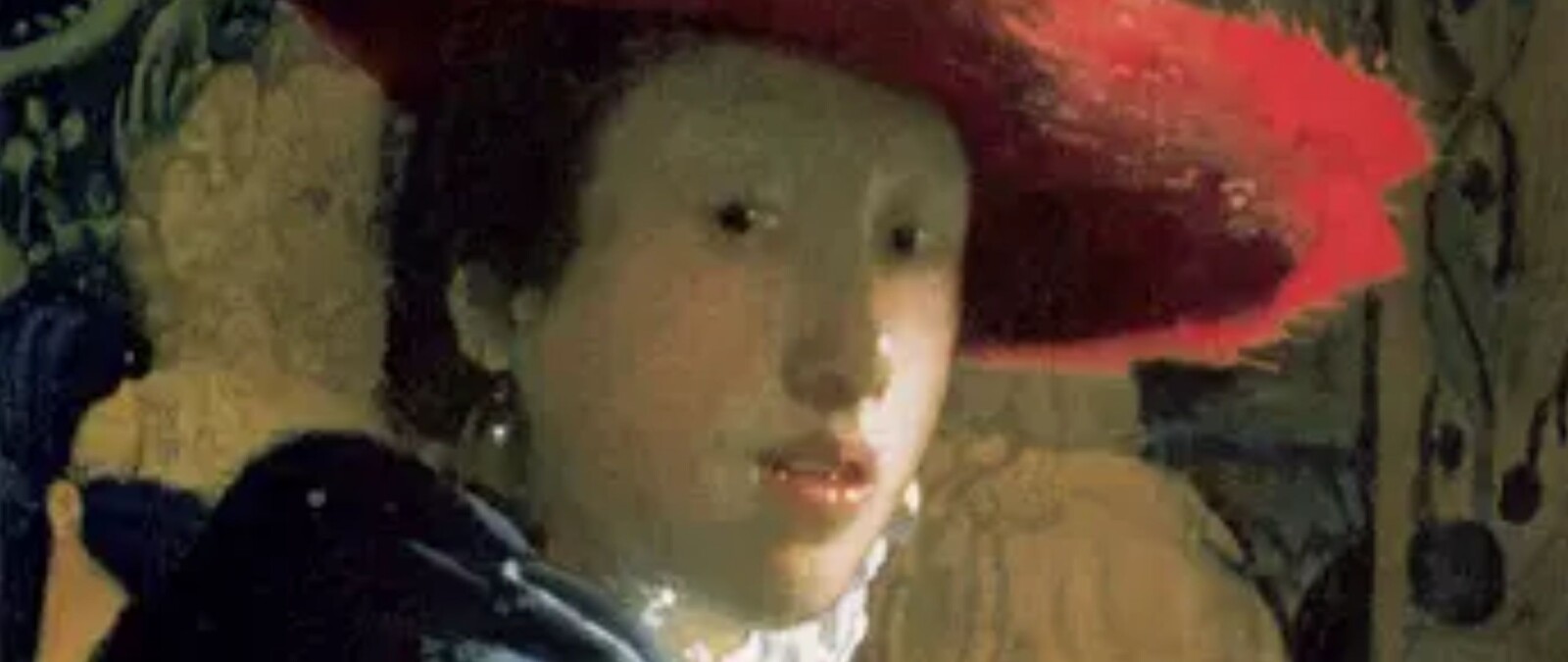
Did Johannes Vermeer use a camera obscura or not?
In 1891, American artist Joseph Pennell was the first to note that Vermeer's paintings displayed techniques similar to those of a camera obscura. The question of whether the famous Delft painter Johannes Vermeer used a camera obscura is still a topic of debate.
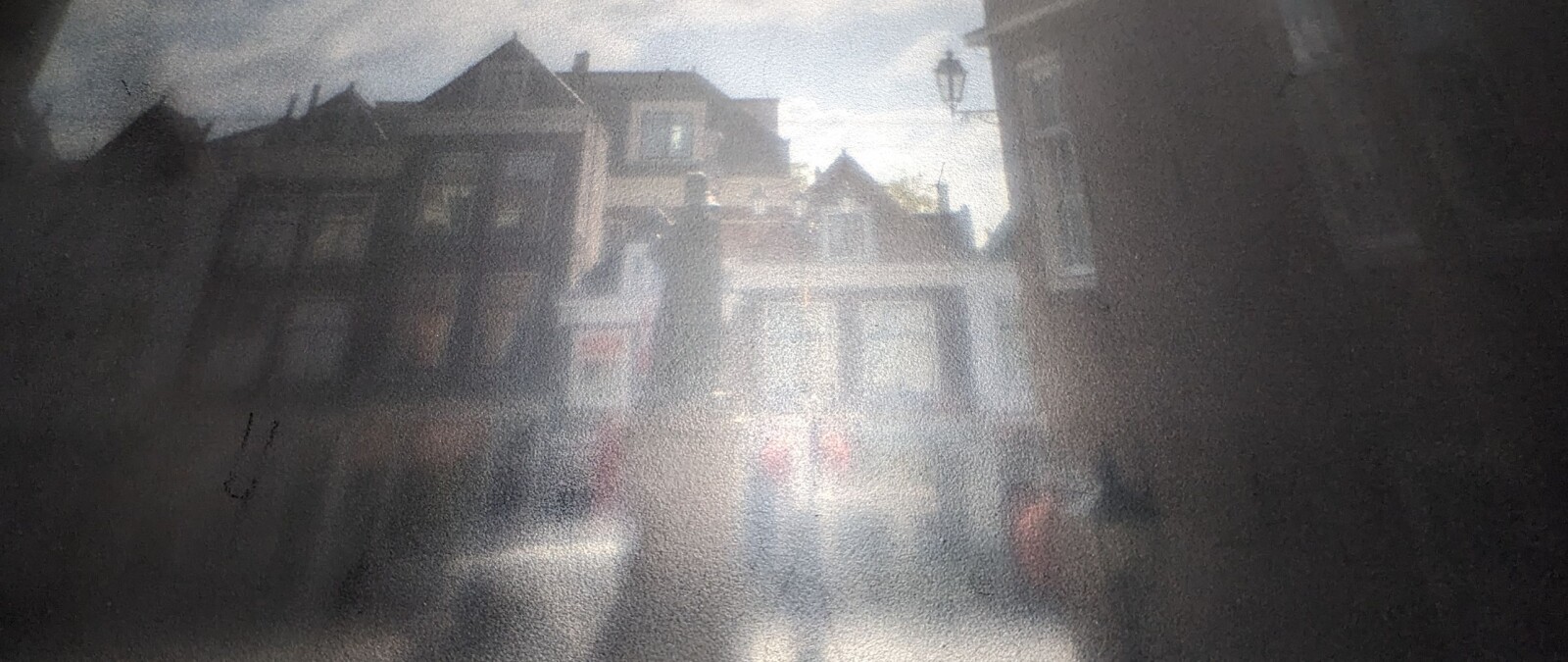
You can still visit these Vermeer locations in Delft
During a walk through the historic city centre of Delft, you can still find various locations that are related to the world-famous painter Johannes Vermeer. These are places that played an important role in his youth, during his development as a painter or later in his works. Would you like to join us?
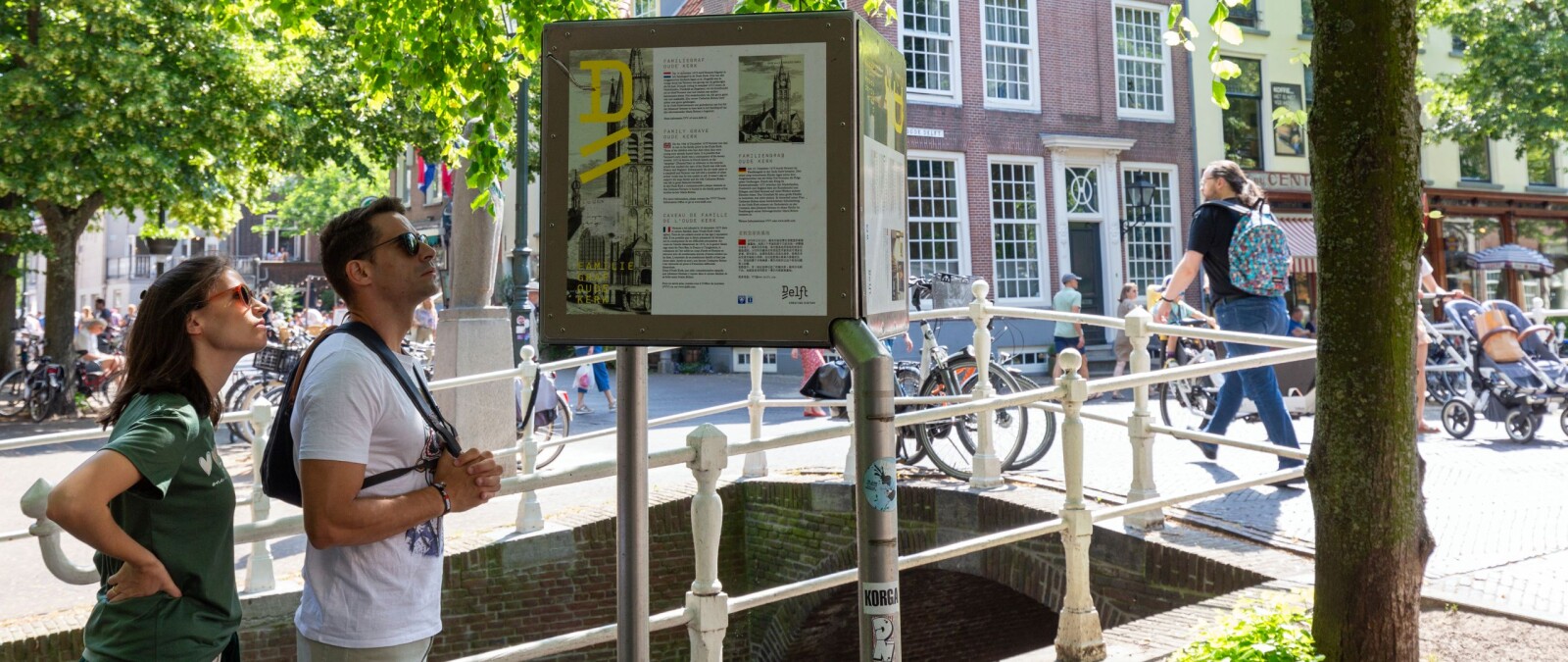
Théophile Thoré-Bürger: the rediscoverer of Vermeer
His full name was Étienne-Joseph-Théophile Thoré, but he became known as Théophile Thoré-Bürger. You may not have heard this name before, yet this man was one of the most influential and fascinating figures in the nineteenth-century art world.
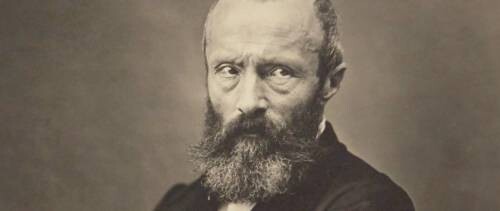
The story behind the name Vermeer
The name Johannes Vermeer is inextricably linked to 17th-century painting and tranquil interiors, masterful use of light and the inimitable intimacy of his scenes. But did you know that “Vermeer” was not the name the painter was born with, and that his family underwent a fascinating journey of naming that tells us a lot about Dutch society at the time?
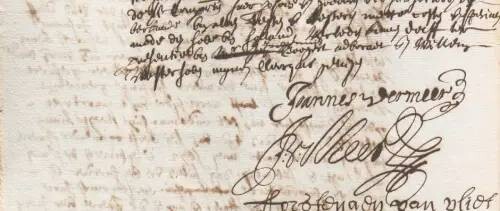
The works of Vermeer: from underrated to priceless
Today, Johannes Vermeer is one of the most celebrated artists of all time. Exhibitions of his work attract large numbers of admirers and his paintings are considered priceless national treasures. However, this has not always been the case. In this blog post, we take you through the story behind the increase in value of Johannes Vermeer's works.
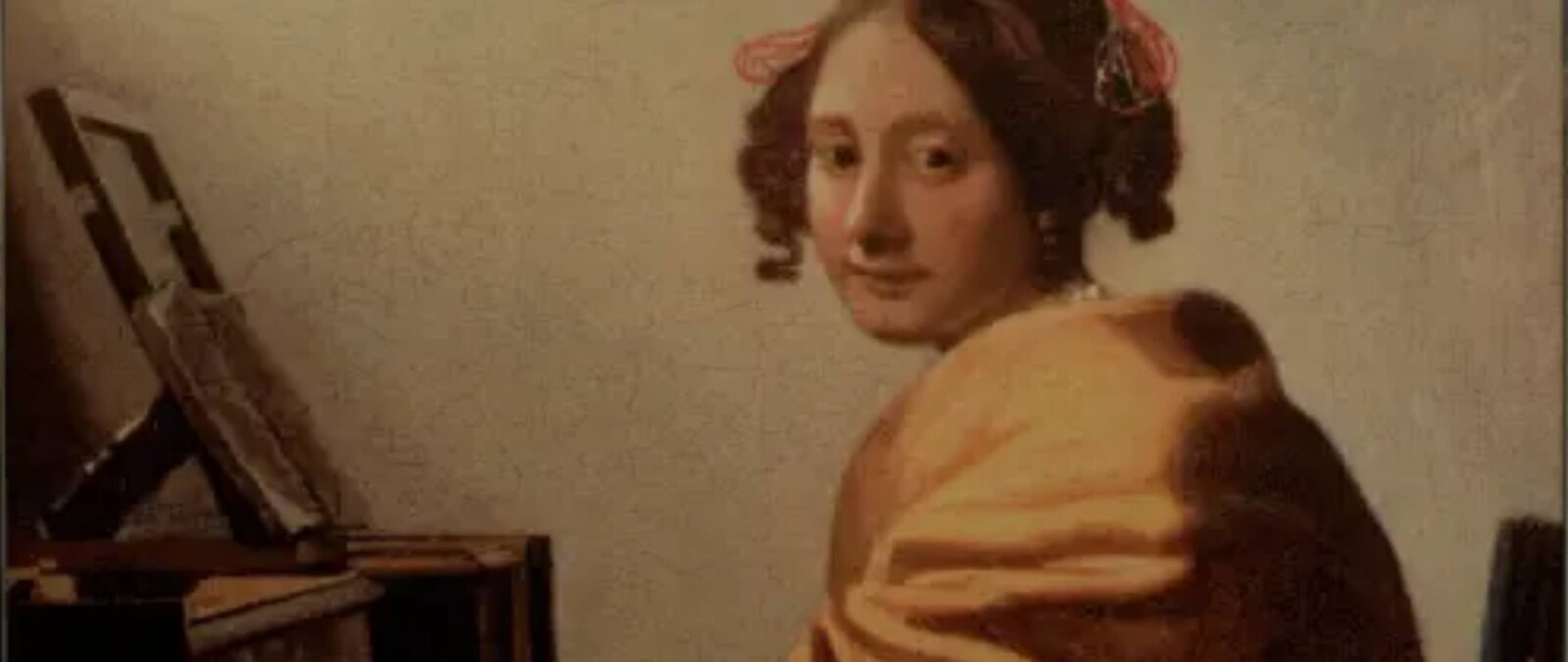
This is why there are no more paintings by Johannes Vermeer in Delft
Johannes Vermeer is inextricably linked to the city of Delft. He was born here, lived and worked here his entire life, and painted his unforgettable masterpieces here. View of Delft and The Little Street are literally an ode to his hometown. Yet, if you walk through the picturesque streets of Delft today, you will not find a single original painting by the master in a museum. How is it possible that Vermeer's own city does not own any of his works?
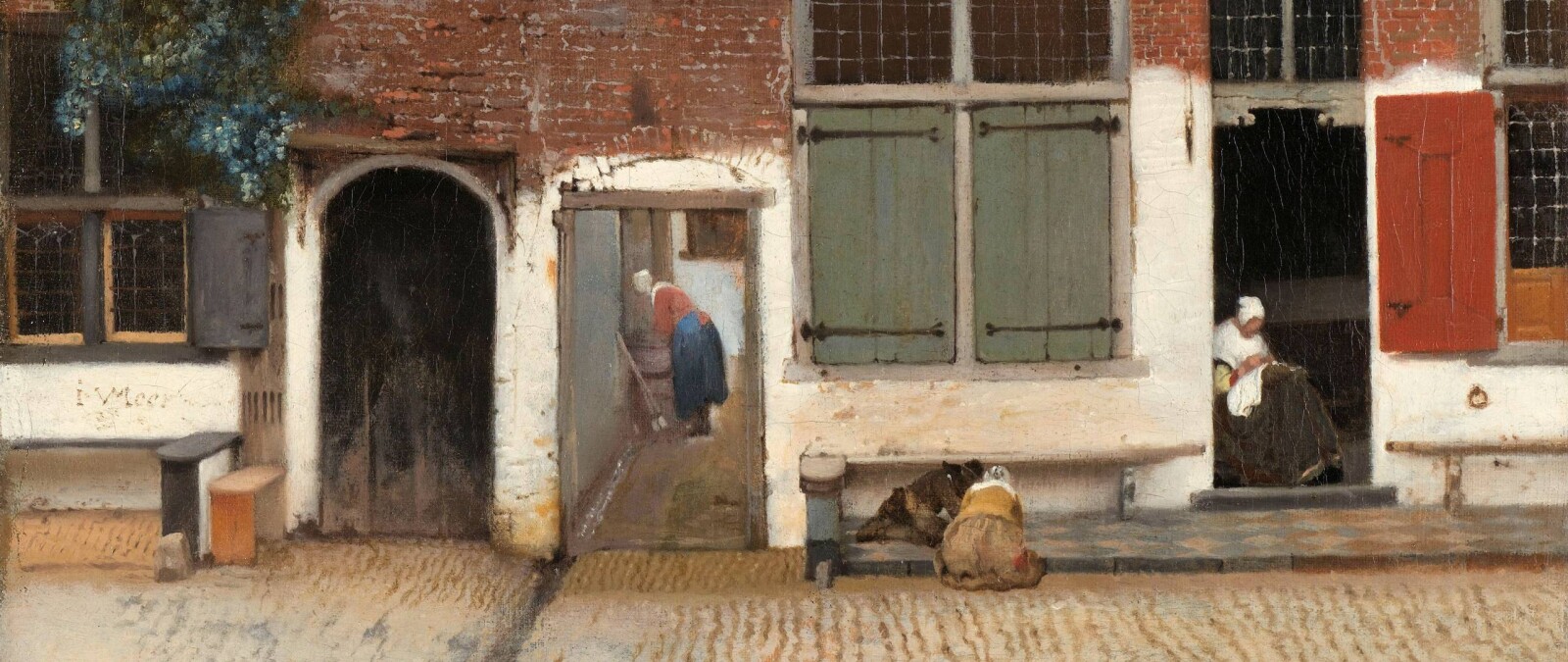
Why was Johannes Vermeer not well known during his lifetime?
The name Johannes Vermeer conjures up images of beautiful, serene scenes, masterfully captured in oil paint. Today, he is regarded as one of the greatest painters of the 17th century. But what many people do not know is that during his lifetime, Vermeer was hardly known outside his hometown of Delft. How is that possible?

The professions of Johannes Vermeer
Johannes Vermeer (1632-1675) is one of the most enigmatic and admired painters of the Dutch 17th century. Vermeer is known for his slow production: he painted only two to three works per year. He probably needed extra income to support his family of 11 children. He therefore had several professions in addition to that of painter.
